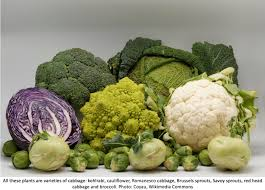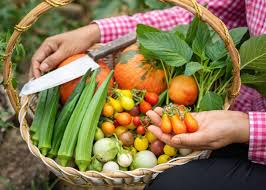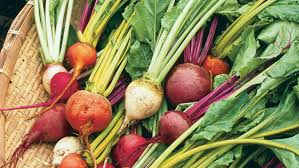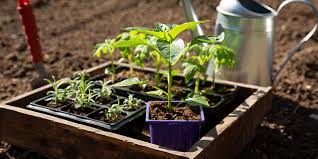By late January, many gardeners, including myself, eagerly anticipate the start of spring planting. However, not all vegetables are suitable for early planting. Some thrive when started early, while others benefit from waiting until the soil warms up. Here’s a guide to which vegetables you should plant early and which ones should be held off until later.
Vegetables for Early Planting
Cabbage Family (Broccoli, Cabbage, Collards, Kale, Kohlrabi)
Among the cabbage family, only cabbage and kale are ideal for early planting. These vegetables can be started indoors and then placed under cloches (protective coverings) while the weather is still cold. The other cabbage cousins, like broccoli and collards, are sensitive to the cold and require warmer soil to thrive, so it’s best to wait a few weeks before starting those.

Leaf Lettuces
Lettuces, especially leaf varieties, are quite hardy in cold conditions. I often plant them in containers with clear lids to start them indoors. With proper light, they grow quickly—reaching cutting size in just over a month. After harvesting the first leaves for a salad or sandwich, I harden the seedlings off and transplant them outside under cloches. Their strong root systems allow them to recover and grow well in the garden.
Onions and Shallots
Onions are one of my favorite vegetables to start early. These seedlings take a long time to grow due to their thin, upright leaves, which don’t capture much sunlight. To ensure they’re ready for transplanting by April, I start onion and shallot seeds indoors by mid-February. Many gardeners, including those in Ohio, start thousands of onion seedlings early in the winter, a practice that proves rewarding when they have strong, pencil-sized seedlings come spring.
What Not to Plant Too Soon
Warm-Season Vegetables
Certain vegetables, like eggplant, peppers, tomatoes, and cucumbers, need warm weather to thrive. If these are started too early, they tend to grow leggy as they wait for the temperatures to rise. These seedlings can become overgrown, requiring frequent potting up to prevent them from becoming root-bound.

Cool-Season Vegetables (Beets, Carrots, Peas)
Beets, carrots, and peas are often recommended for early planting, but I’ve found they don’t perform well until the soil warms up. Even if you provide cover to protect them, they won’t grow vigorously until mid-April, when soil temperatures rise to around 45°F (7°C). In my garden, I’ve noticed that soil temperatures hover between 40°F and 44°F (4°C–5°C) through March, and by mid-April, they shoot up above 55°F (13°C). This warmth triggers faster, healthier growth, so I wait until the end of March to plant these crops.

Winter Sowing for Cold Stratification
For gardeners who just can’t wait to plant, winter sowing is a great option. Winter sowing allows you to stratify seeds that need a cold period before germination, like certain wildflowers, herbs, and even some vegetables. Instead of using fridge space, you can create mini greenhouses using plastic bottles. Cut a bottle in half, punch drainage holes, fill it with moist potting soil, and plant your seeds. Tape the bottle shut and label it. As the weather warms, the seeds will germinate naturally. When this method works, it produces strong, cold-hardy seedlings with minimal effort.
Conclusion
When planning your early spring garden, it’s important to know which vegetables will thrive in the cold and which need warmth. Early planting works for hardy vegetables like cabbage, kale, and lettuce, while warm-season crops like peppers and tomatoes should be started later. Using winter sowing for cold-stratified seeds is also a great way to satisfy your planting urge without risking premature growth. By following these guidelines, you’ll set your garden up for success in the coming months.
